When people and their pets venture out much more frequently in the warm months, medical officials are advising to be wary of ticks. The tick nymphs tend to emerge in early to late spring.
With climate change, more species of ticks are spreading north into Canada while others are expanding their range here.
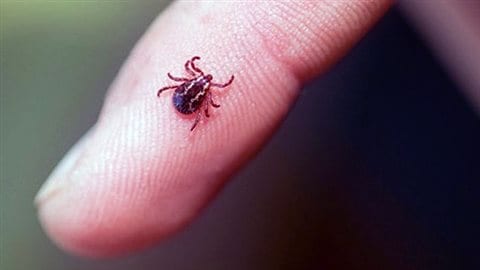
For example, Phil Curry, an entomologist for the Ministry of Health in the central prairie province of Saskatchewan, says the most common brown American dog tick is expanding its range there.
He says about 15 to 20 years ago it was only found in southeastern Saskatchewan, but now it’s in through central Saskatchewan as far north as Melfort, Prince Albert and even North Battleford areas.
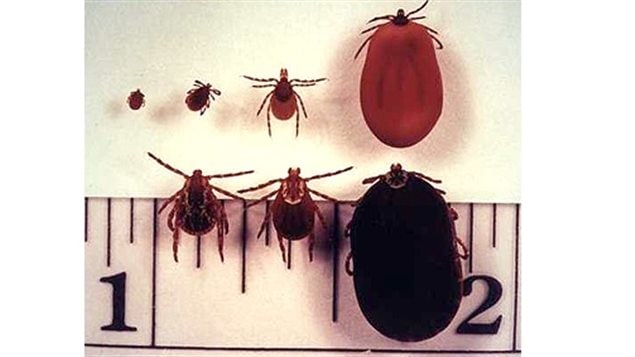
Much has been made of the danger posed by the “black-legged tick” or “deer tick” which carries Lyme disease. The disease was first diagnosed in 1975 in Old Lyme Connecticut in the US, from where it gets its name.
It can be quite debilitating with joint pain, tiredness, and even memory loss in some cases, and can become chronic. There have also been cases of the tick carrying Powassan virus which can cause encephalitis (swelling of the brain) with several cases reported already this spring in New York state, Maine, New Jersey and Massachusetts.
However, deer ticks are not the only concern according to a researcher at Dalhousie University in Halifax, Nova Scotia. Dog ticks are also carriers of disease that should concern humans.
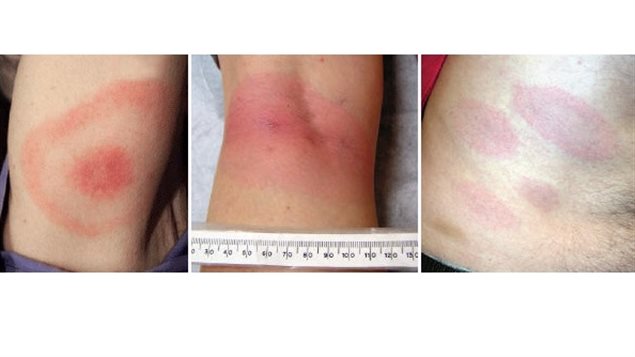
Amal El Nabbout, a master’s student in biology at Dalhousie studies dog ticks and says they can transit bacteria causing Rocky Mountain Spotted fever. It can result in rash, nausea, and diarrhea.
She says unlike deer ticks which transmit Lyme only after a period of several hours attached to a host, the dog tick transmits bacteria as soon as it’s mouth parts pierce the skin as the bacteria is present in their saliva as well as the gut.
She notes that 60 percent of the dog ticks she tested carried the bacteria.
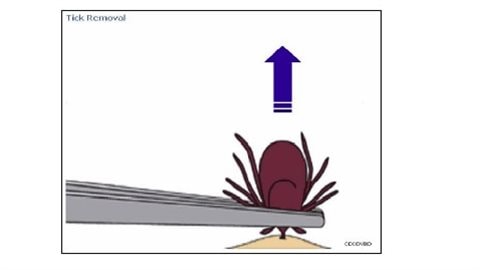
Scientist note that although different species of ticks carry different names, like dog tick, groundhog tick, deer tick, wood tick etc. all species will attach to any host, and can bite and infect at all stages from larvae, to nymph, to adult.
They say that not all ticks carry disease, but you should always presume they do and remove any ticks as soon as possible.
After being outdoors, especially in or near wooded or untended brush or grass areas, check carefully for ticks on the body such as behind the knees, under arms, behind ears and in the hair.
If the tick has lodged itself in your or your pet’s skin. Use fine tweezers to grasp the head and mouth parts, being very careful not to squeeze the body. Gently pull straight out. Do not squish the tick but put it in a small container and save for the doctor or veterinarian who will have it analyzed and to aid in government tracking of ticks and disease.
Safe way to remove ticks
with files from CBC, Ontario Health Ministry, yahoo, Winnipeg Free Press
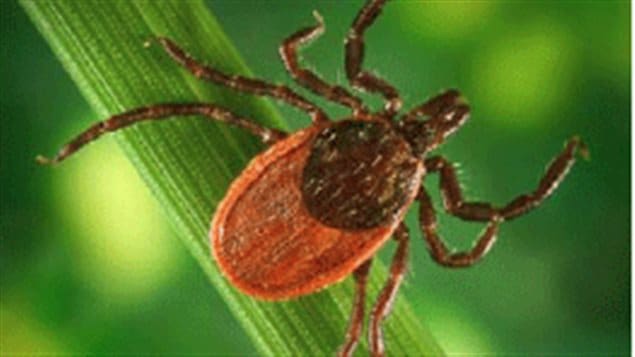






For reasons beyond our control, and for an undetermined period of time, our comment section is now closed. However, our social networks remain open to your contributions.